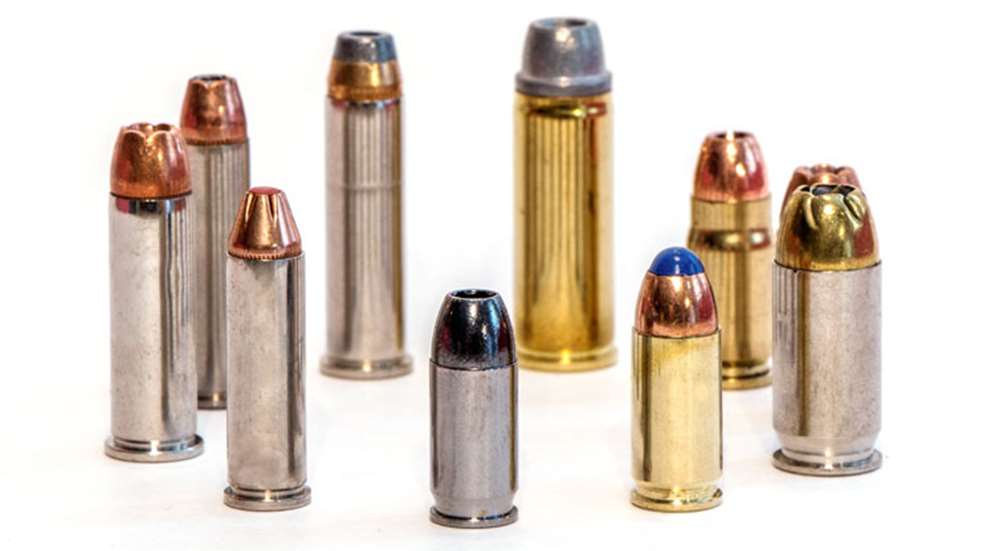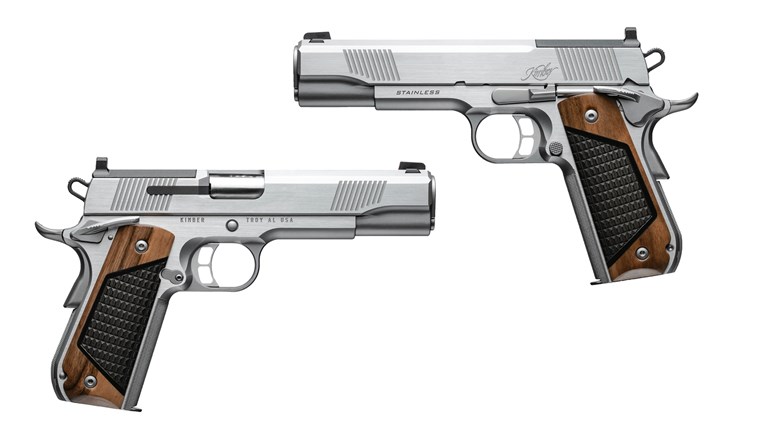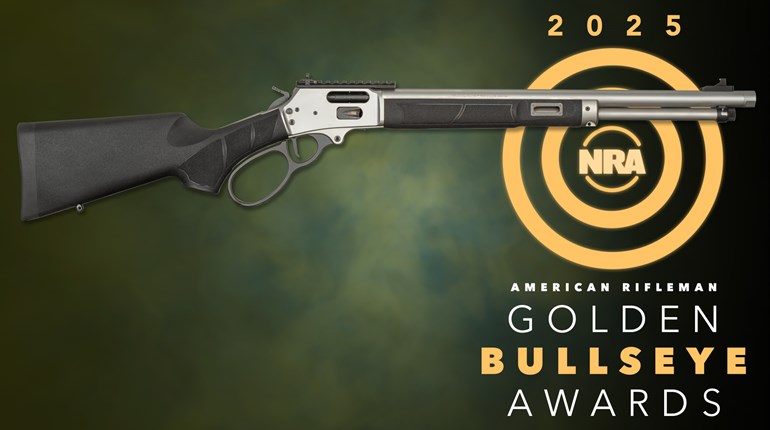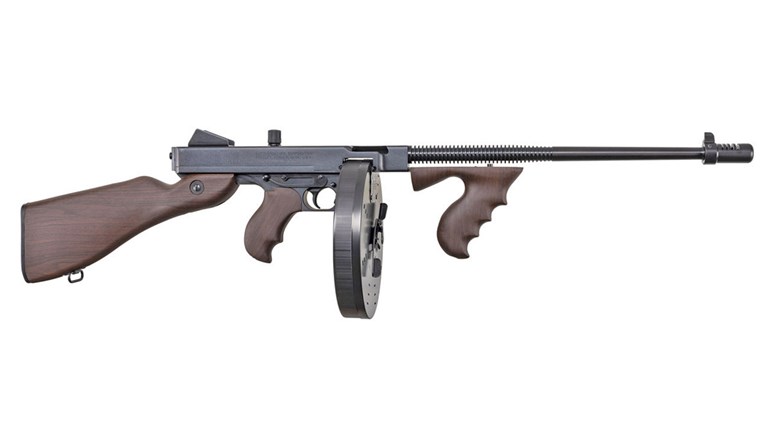
The history of defensive-handgun cartridges is an interesting circle. Early development centered on revolvers, but after the turn of the 20th century this changed as semi-automatics became more prevalent. After more than 100 years of engineering, you would think we would have cartridges representing that same stretch of technical advancement, but in reality we’ve returned to our roots.
The foundation for defensive-handgun cartridges was established in revolvers before 1910. The year 1873 saw the introduction of the .45 Colt, which was capable of launching a 255-grain bullet at 860 fps. A year later the .38-40 WCF, initially a rifle cartridge, hit the scene and it could drive a 180-grain bullet to nearly 1,000 fps. In 1902 the .38 Spl. arrived and this gave us our three primary calibers (.35, .40, and .45.) With the rise of the semi-automatic, we wouldn’t see any real revolver cartridge innovation for another 30 years.
The first successful semi-automatic pistol cartridge was the John-Browning-designed .32 ACP introduced in 1899. But, three years later the 9 mm was introduced. It became the most-prevalent handgun cartridge in the world, and one of the few to be commonly used by opposing armies on the same battlefield. In 1905 Browning also invented the .45 ACP, which duplicated the ballistics of the .45 Colt. Since then, the 9 mm and .45 ACP have inspired the most-asinine and longest-running ballistic debate in history. This argument was probably enhanced by the fact American G.I.s used .45s to fight and defeat Germans armed with 9 mms during two world wars.
The only other notable early pistol cartridge was the .380 ACP. It, too, was a John Browning design and was essentially a .45 ACP reduced in size by about 20 percent. Early on, the .380 ACP was reasonably prevalent, but popularity waned until after the year 2000 when subcompact, reliable pocket-size semi-autos became available and preferred by many looking to carry concealed. Better bullets helped revive the .380 ACP, too, but more on that in a moment.
It wasn’t until the 1930s that we began to see truly powerful handgun cartridges. In 1929, the .38 Super eclipsed the velocity of all semi-auto cartridges, and in 1935 the .357 Mag. began its legendary climb to stardom as the most-lethal and powerful handgun cartridge suitable for personal protection. Ironically, both were nothing more than modifications of older, 1900s-era cartridges, the .38 Spl. and the .38 ACP.
The year 1955 brought us the beast known as the .44 Mag., a revolver cartridge capable of producing almost 1,000 ft.-lbs. of energy. While some believe it the ultimate defensive-handgun cartridge, most realize it’s too big and kicks too hard to be considered suitable for such employment. When .44 Mag. handguns are sized to tame its recoil, they might make better canoe anchors.
It was 30 more years until another major defensive-handgun development occurred. Originally available in the 39-ounce Bren Ten semi-auto, the 10 mm grew a cult-like following. While it seemed it marked the end of defensive-revolver-cartridge development, the very next year Federal introduced its .32 H&R Mag. to what was mostly yawns. Admittedly, the .32 H&R was not all that powerful, but it did offer .38 Spl.-like performance with less recoil. It was probably 40 years ahead of its time, considering how light modern revolvers have become and the projectiles that are now available.
In 1986, a shootout in Miami changed everything when a 115-grain Winchester Silvertip fired from a 9 mm failed to stop a felon. Not only was the way defensive-handgun cartridges were evaluated revolutionized but, we got a new cartridge out of the deal. In 1990, the FBI decided a light 10 mm load would be ideal for law enforcement and the .40 S&W was born. It soon took the donut-munching world by a storm and cops were carrying semi-automatics chambered in .40 S&W.
Many considered the .40 S&W the ultimate defensive cartridge. Ironically, the round duplicated the ballistics of the old .38-40 WCF, which was popular in Colt and Smith & Wesson handguns prior to the 1900s. The FBI, has now paradoxically concluded the 9 mm is a better all-around choice. History repeats itself, and after more than a century of ballistic advancement, we’re back where we started.
After the Miami shootout, the FBI wisely put emphasis on projectile development. Initially, these improvements were centered on the .40 S&W, but the technology predictably spread to other cartridges. Unsurprisingly, high-tech projectile development led to the 1994 introduction of the .357 SIG, a pistol cartridge capable of launching robust bullets at almost .357 Mag. velocities.

Introduction of the .327 Fed. Mag. revolver cartridge in 2008 was a culmination for all that had been learned. It’s really nothing more than a hot-loaded version of the 113-year-old .32 S&W. Like with the .357 SIG, modern-bullet technology allows the .327 to launch lightweight bullets at blistering velocities, while still achieving deep penetration and wide expansion, without uncontrollable recoil, something unachievable in the early 20th century. After more than a century all we really have is better ammunition.
Today, they’re just loaded with more-effective bullets. That is the reason there’s an ammunition column (as opposed to a cartridge column) in the absolutely best magazine available for the modern shooter.




































